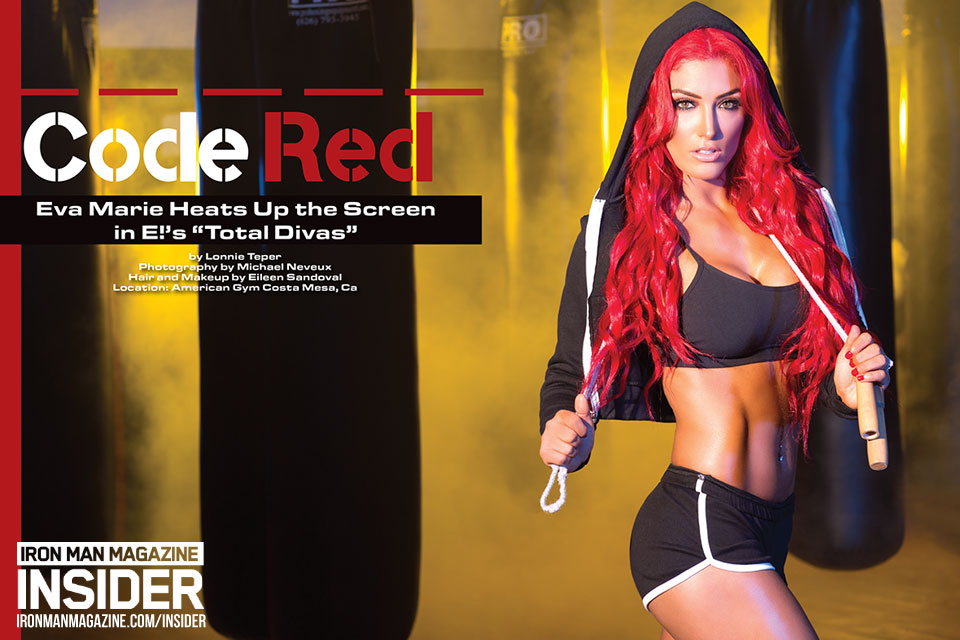 Some time ago I reported in this column on a study of young men engaged in weight training that looked to determine the ideal amount of protein for muscle protein synthesis. Bodybuilding dogma had long held that the maximum effective intake per meal was a mere 30 grams. More would not produce better results from an anabolic standpoint.
Some time ago I reported in this column on a study of young men engaged in weight training that looked to determine the ideal amount of protein for muscle protein synthesis. Bodybuilding dogma had long held that the maximum effective intake per meal was a mere 30 grams. More would not produce better results from an anabolic standpoint.
Indeed, an earlier study had shown that eating a meat meal containing either 30 or 90 grams of protein led to the same level of protein retention. In the newer study the protein intakes varied from 10 to 40 grams in the form of concentrated egg protein. The results showed that the maximum effective amount of protein for purposes of muscle protein synthesis following weight training was 20 grams per meal. Any more and the excess protein was oxidized—but without additional anabolic effects.
Bodybuilders had been admonished for years not to take in more than 30 grams of protein per meal; however, no one could ever locate the precise source of that authoritative decree. One man even offered $10,000 to anyone who could produce scientific evidence backing it up. To my knowledge, no one ever took him up on it; however, one hopes that the offer wasn’t still standing when the study showing the 20-gram limit was published.
I contacted the lead author of the 20-gram study and asked what was the best way for bodybuilders to take advantage of the new information. He said that the optimal plan would involve getting five meals a day containing no more than 20 grams of protein per meal. He further suggested that it would maximize the muscle-protein-synthesis effect of protein while leading to less protein being wasted.
So this eminent scientist was recommending a mere 100 grams of protein a day—far less than what most competitive bodybuilders and other athletes get. Two hundred to 400 grams is more typical for them. Clearly, there was a disconnect somewhere.
Some experts decried the 20-gram limit, suggesting that it was nonsense. They pointed to prior studies showing that even with an intake of 200 grams of protein some athletes were still in negative nitrogen balance—suggesting that they needed more protein, not less, to achieve anabolic benefits. On the other hand, those studies used out-of-date, inaccurate technology to track the fate of the protein.
One nonpracticing medical doctor, who is not a disinterested observer, as he sells protein supplements, declared that protein use was actually determined by need. Specifically, since athletes needed more protein to build muscle and recover from intense training, their bodies were able to upgrade the mechanisms that control protein use. Based on that, the doctor felt that there was no true limit to protein intake for bodybuilders and other athletes. Then again, as he sold protein supplements, he might have been a bit biased.
In a newly published opinion paper that discusses the notion of a maximum anabolic response to protein, the authors begin by noting that their previous research confirms the limit of 20 to 30 grams.1 They also say that it’s but a partial answer to the question of the anabolic effects of protein. If you’re considering only muscle protein synthesis, 20 grams is enough, but you’re forgetting about the inhibition of muscle protein breakdown, which is also key to figuring out the maximum anabolic response to a meal.
The studies that showed a muscle-protein-synthesis limit of 20 grams used isolated protein supplements. In fact, the one I discussed above used egg protein. The problem is that concentrated-protein supplements often contain little or none of the other macronutrients, carbohydrates and fat. In fact, that’s a major feature of protein supplements: They provide concentrated protein without the added calories that you normally get when you eat protein foods. On the other hand, foods that provide carbs and fat contribute to the anabolic effect, a fact that’s often overlooked.
What determines the anabolic effect is a balance between muscle anabolism and muscle catabolism, or breakdown. If muscle protein synthesis exceeds the rate of breakdown, you are in a positive anabolic balance that favors muscle growth; so curbing catabolism is just as vital as promoting protein synthesis in terms of the total anabolic effect of a meal.
That’s where controlling cortisol comes into play Cortisol is the major catabolic hormone that triggers muscle breakdown. If you blunt the effects of cortisol, you tip the balance in favor of anabolic reactions, including muscle protein synthesis. Few bodybuilders are aware that anabolic steroids, which are well-known for aiding muscle protein synthesis, only work for a relatively short time. Yet they keep stimulating muscle growth even after extended use. How is that possible? The answer is that long after the anabolic effects of steroids end, they continue to offer anticatabolic effects by inhibiting cortisol.
Blunting the breakdown of muscle is the other side of the anabolic coin. Simply put, anything that helps to stop muscle breakdown adds to the overall anabolic effect, boosting muscle gains. What’s overlooked about the 20-gram protein limit is that excess amino acids are retained in the gut (some are also oxidized in the liver), especially when protein is eaten with a mixed meal rather than as a concentrated protein supplement. The presence of other nutrients that offer energy effects, such as carbs and fat, prevents the excess oxidation of protein that would result from using a protein-only source, such as a supplement or amino acids. Much of the protein is extracted in the gut into an amino acid pool that can be used at any time to trigger protein synthesis.
Indeed, nearly all of the amino acids found in the amino acid pool in the gut come from protein breakdown. That includes not only excess protein from food but also the breakdown of protein found in various tissues and organs. So it’s a “labile” source of protein, meaning that it’s always in flux. That’s significant because the amino acid pool provides a source of protein beyond what can be used for muscle protein synthesis at one time—meaning that it can extend the anabolic effect.
Another overlooked factor when considering the anabolic limits of a meal also relates to the presence of carbs. Carbohydrates trigger the greatest release of insulin, a major function of which is to prevent muscle protein breakdown. In fact, it directly opposes the actions of cortisol in that effort. While insulin can only trigger protein synthesis in the presence of a large amount of amino acids in the blood, the fact that it so potently blocks protein breakdown makes it truly anabolic.
In effect, although it’s more effective at preventing muscle breakdown than promoting protein synthesis, insulin’s anticatabolic action extends the protein-synthesis effects, resulting in a larger anabolic boost. So when you eat a mixed meal that contains both protein and carbs, you are extending the anabolic effects of that meal. The same thing occurs when you take in a simple carb source with a quick-acting protein, such as whey, following a workout: You are boosting the insulin effect and so also boosting the total anabolic effect.
So, with more insulin released during a mixed meal and also the amino acids from the meal being retained in the pool, there is no real anabolic limit to a mixed meal. Practically speaking, the extra protein you eat in meals does not go to waste. In fact, the more protein you get from food in a meal, the greater the anabolic effect.
In one recent study getting 80 percent of 1.5 grams of protein per kilogram of bodyweight (about the amount often suggested for muscle-building purposes) in just one meal proved to be more anabolic than spreading the same amount of protein over several meals throughout the day. What’s interesting there is that the subjects were catabolic and malnourished patients, which suggests that protein uptake is indeed upgraded if the need exists. If the 20-gram limit is accurate, that wouldn’t have happened—but recall that the 20-gram limit pertains only to muscle protein synthesis and not to the anabolic effects of blocking protein breakdown.
The one aspect of the study that is true: By eating higher quality protein sources that are rich in essential amino acids, such as fish, chicken and beef, you can get by with eating less protein yet still enjoy the same anabolic benefits. —Jerry Brainum
Editor’s note: Have you been ripped off by supplement makers whose products don’t work as advertised? Want to know the truth about them? Check out Natural Anabolics, available at JerryBrainum
.com.
1 Deutz, N., et al. (2013). Is there a maximal anabolic response to protein intake with a meal? Clin Nutr. 32:309-313.





















You must be logged in to post a comment Login